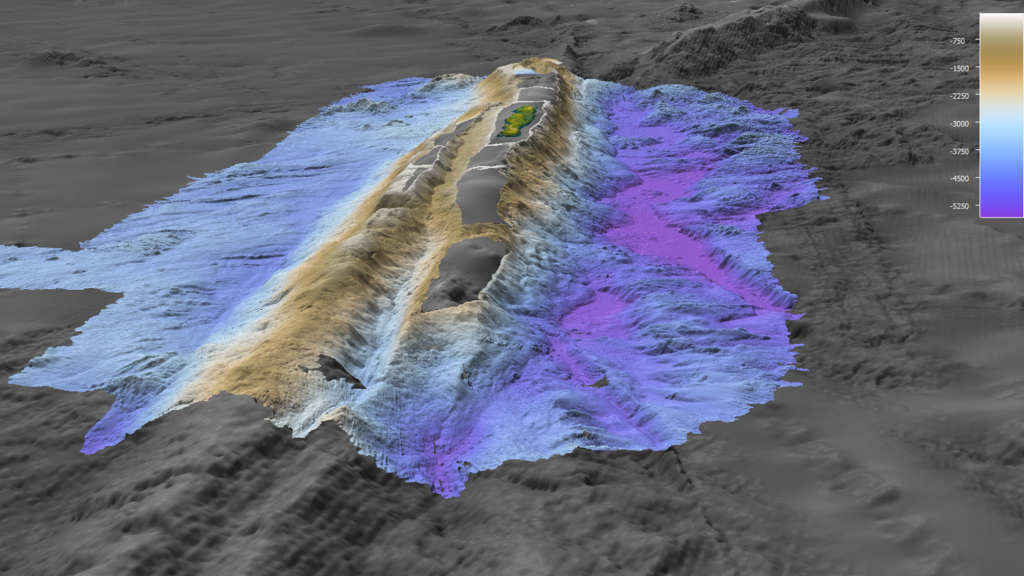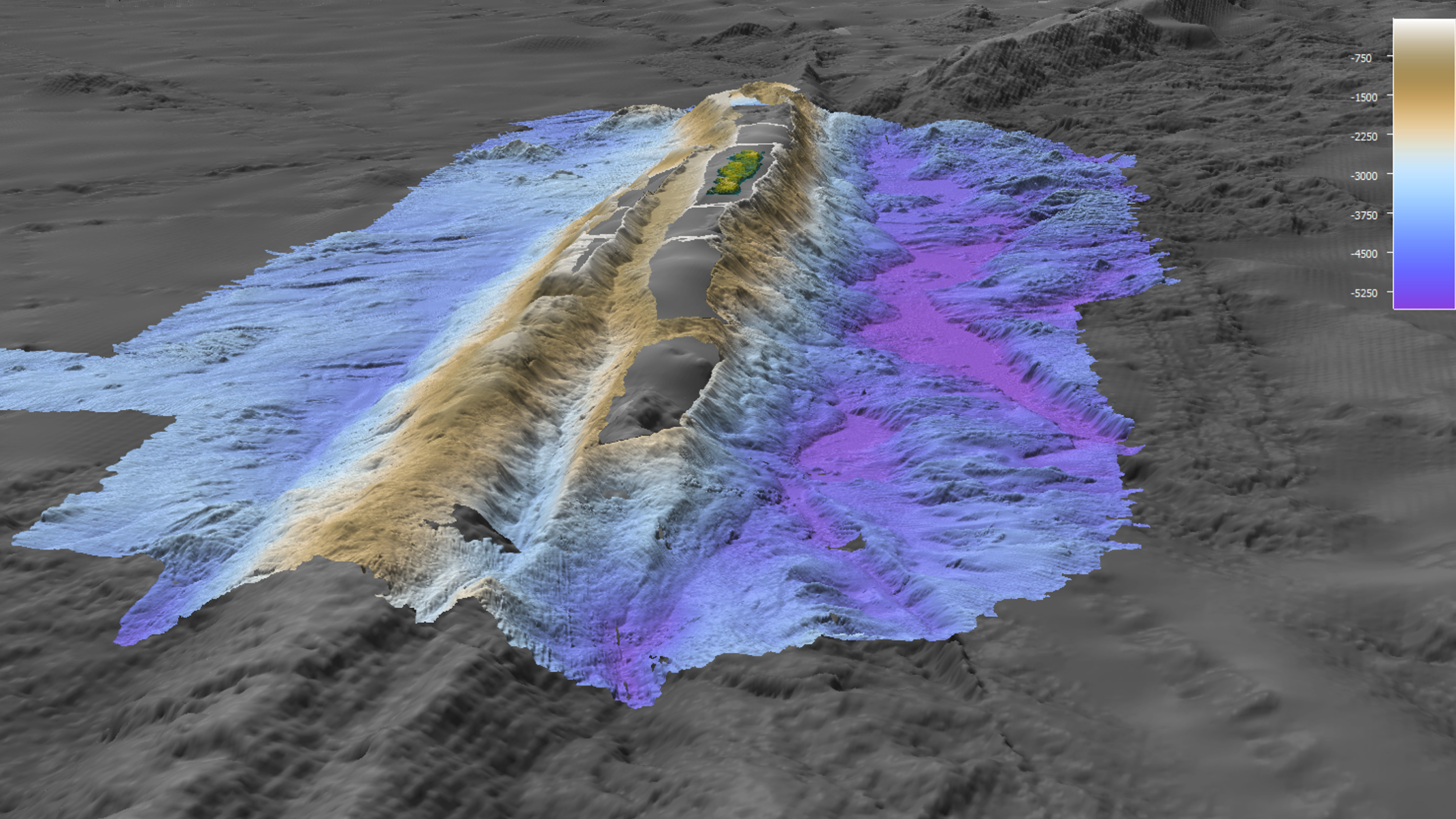Join us on March 29th at 11:00 am AEDT in Madsen Building Room 336, School of Geosciences, University of Sydney, or tune in via Zoom for the next talk in EarthByte Seimar Series to learn about the first-order question in Earth science – how tectonic plate subduction starts.
Professor MikeCoffin will discuss his research on the Macquarie Ridge Complex, which arguably constitutes the global type example for initiating plate subduction.
Don’t miss this opportunity to learn from a leading expert. We look forward to seeing you there
To register for the talk, please visit: https://www.eventbrite.com/e/earthbyte-seminar-series-prof-mike-coffin-tickets-590594633447
Subduction Initiation along the Macquarie Ridge Complex, Southwest Pacific Ocean
How tectonic plate subduction starts is a first-order question in Earth science. The Macquarie Ridge Complex (MRC), extending 1600 km between New Zealand’s South Island and the Australia-Pacific-Antarctic triple junction, arguably constitutes the global type example for initiating plate subduction. The MRC marks the boundary between oceanic portions of the great Australian and Pacific plates, is situated proximal to the pole of rotation between these two plates, and consists of four ridge and trench/trough segments, of enigmatic alternating polarity, along its strike. The largest intraoceanic earthquake of the 20th Century, a Mw 8.2 event, occurred along the MRC in 1989, and a Mw 8.1 event occurred in 2004. Evidence is accumulating that subduction is initiating along the southern (Hjort) and northern (Puysegur) portions of the MRC, with strain partitioned between transform motion and compression along its entire length. The intervening McDougall and Macquarie segments are ambiguous with respect to subduction initiation. The MRC has the steepest sustained topography of any mountain range on Earth, with vertical relief of ~6,000 m over a horizontal distance of <25 km. Along the Macquarie segment, which includes Macquarie Island, the only subaerial expression of the MRC aside from some nearby islets and rocks, are prominent mass wasting deposits likely associated with the MRC’s high seismicity and steep topography. Such mass wasting is potentially tsunamigenic. Interpretations of marine geophysical data from the Macquarie Ridge segment of the MRC that were acquired on research voyages in 1994, 1996, 2020, and 2021 are the focus of this presentation.

![]()

